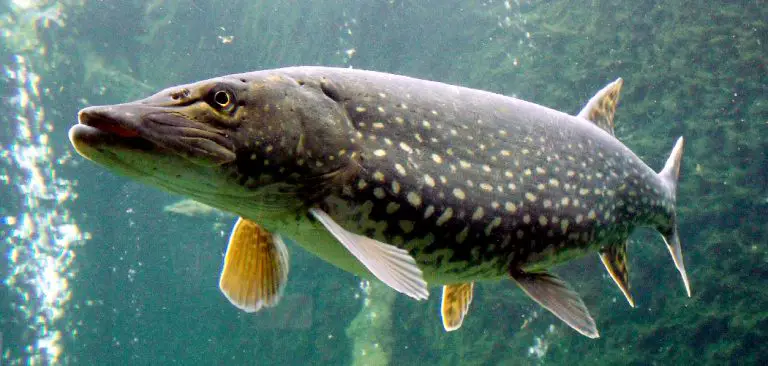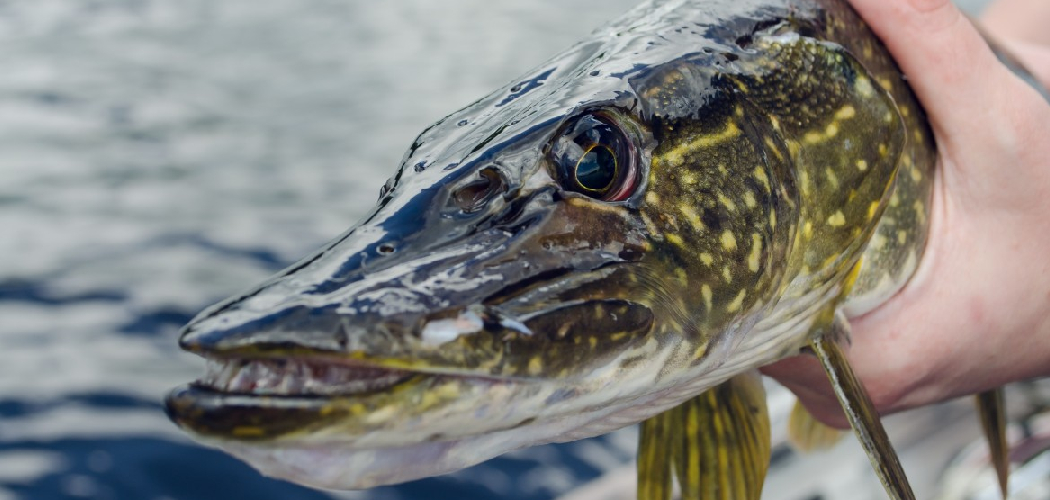Definition and Etymology

Pike meaning – In the realm of marine biology, the term “pike” holds a distinct significance. It refers to a family of elongated, predatory fish species known as Esocidae.
The mighty pike, a formidable predator of the aquatic realm, holds a place of reverence among fishermen. Its razor-sharp teeth and lightning-fast strikes make it a thrilling catch. To delve deeper into the intricacies of this fascinating creature, we turn to the pike definition , a comprehensive guide that unravels the mysteries of this enigmatic fish.
Through this exploration, we gain a profound understanding of the pike’s behavior, habitat, and its captivating role in the aquatic ecosystem.
Etymology
The word “pike” has an intriguing etymological history. It traces its roots back to the Middle English word “pike,” which itself originated from the Old French term “pique.” Notably, “pique” is derived from the Latin word “picus,” meaning “woodpecker.” This etymological connection highlights the resemblance between the pointed beak of a woodpecker and the elongated snout of a pike fish.
In the realm of combat, a pike denotes a formidable weapon. Its pointed tip and elongated shaft command respect. In the arena of basketball, the term “pike” assumes a distinct connotation, invoking the pike basketball meaning. Here, it describes a strategic move, a ballet of footwork and agility that culminates in a decisive shot.
The pike’s legacy extends beyond the court, echoing the spirit of precision and finesse that defines its namesake weapon.
Types and Characteristics: Pike Meaning

The pike family boasts a diverse array of species, each with its unique physical characteristics, habitat preferences, and behaviors. From the mighty freshwater Northern Pike to the elusive saltwater Barracuda, these predators are renowned for their lightning-fast strikes and impressive hunting prowess.
Freshwater Pike Species
– Northern Pike (Esox lucius): This iconic species is the largest member of the pike family, inhabiting lakes, rivers, and other freshwater bodies across North America and Eurasia. Northern Pikes possess elongated, torpedo-shaped bodies with a distinctive mottled green and yellow coloration. They are solitary hunters, ambush predators that lie in wait for unsuspecting prey.
– Chain Pickerel (Esox niger): Found in eastern North America, Chain Pickerels are smaller than Northern Pikes, typically reaching lengths of 20-30 inches. They have a more slender build and a chain-like pattern on their sides, giving them their name. Chain Pickerels prefer shallow, vegetated waters and are known for their aggressive feeding behavior.
– Grass Pickerel (Esox americanus vermiculatus): The Grass Pickerel is a small, secretive species found in shallow, weedy areas of freshwater marshes and swamps. They have a dark green coloration with vertical bars and a distinctive black spot on the dorsal fin. Grass Pickerels are ambush predators that feed primarily on small fish and insects.
Saltwater Pike Species
– Barracuda (Sphyraena barracuda): The Barracuda is a formidable saltwater predator found in tropical and subtropical waters around the world. They have long, slender bodies with powerful jaws and razor-sharp teeth. Barracudas are known for their lightning-fast attacks and can reach speeds of up to 30 miles per hour.
– Great Barracuda (Sphyraena sphyraena): The Great Barracuda is the largest species of Barracuda, growing up to 6 feet in length. It is found in the Atlantic and Pacific Oceans and is known for its aggressive behavior and powerful bites.
– European Barracuda (Sphyraena sphyraena): The European Barracuda is a smaller species found in the Mediterranean Sea and the eastern Atlantic Ocean. It has a more slender body and a distinctive yellow or green coloration. European Barracudas are opportunistic predators that feed on a variety of fish and invertebrates.
Cultural Significance and Symbolism

Pikes have played a significant role in human history, holding cultural and symbolic meanings across various societies. In ancient times, pikes were revered as symbols of strength, courage, and determination in battle. The phalanx formation, employing densely packed rows of pikemen, was a formidable military strategy in ancient Greece and Rome.
Mythology, Folklore, and Literature
In mythology, pikes are often associated with gods and heroes. In Greek mythology, Poseidon, the god of the sea, is depicted wielding a trident, a three-pronged spear resembling a pike. In Norse mythology, Odin, the All-Father, carries a spear called Gungnir, which possesses magical powers. Pikes also feature prominently in folklore, such as the tale of Saint George slaying a dragon with a pike.
Heraldry and Symbols of Power, Pike meaning
Pikes have been widely used in heraldry, representing strength, protection, and authority. The Swiss Confederation’s coat of arms features a white cross on a red field, with a halberd (a type of pike) held by a knight. In Japan, the naginata, a long-handled pike with a curved blade, is a traditional weapon associated with samurai warriors.
In the realm of marine life, the term “pike” evokes images of elongated, predatory fish. But beyond the depths of the ocean, “pike” also holds significance in the human experience. From its origins as a weapon to its use as a verb, the word has taken on multiple meanings.
Discover the fascinating evolution of “pike meaning” and its multifaceted interpretations here.
The pike, a predatory fish with sharp teeth, stalks its prey with stealth and speed. Like a skilled basketball player executing a floater, the pike strikes with precision and agility. Floater definition basketball refers to a shot technique where the player gently tosses the ball towards the basket, aiming for a soft landing.
The pike’s sudden attack and the floater’s deceptive trajectory share a common element of surprise and skill, leaving both prey and opponents vulnerable.
The pike, a formidable predator of the deep, bears a striking resemblance to its close relative, the skate fish. Like the skate, the pike possesses a flat, cartilaginous body that allows it to glide effortlessly through the water. However, the pike’s elongated shape and sharp teeth betray its true nature as a fierce hunter, ever lurking in the shadows, ready to strike its unsuspecting prey.